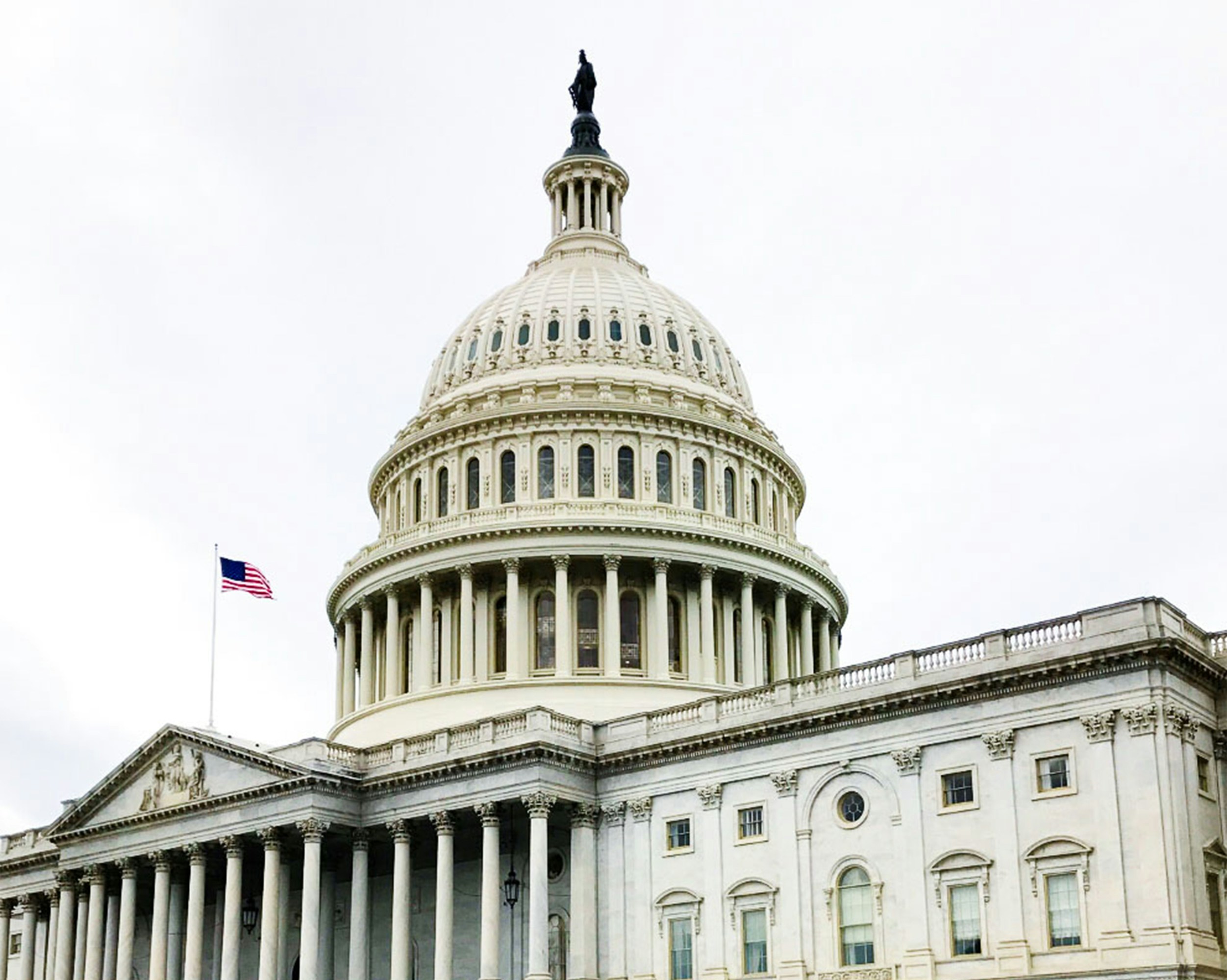
Testing, Testing, 1, 2, 3 – Part 2: Executive Order 11246
- Breaking News
As one of the few attorneys who can perform math more complex than converting minutes into tenths-of-an-hour, I wanted to take just one or two tenths-of-an-hour of your time (1-12 minutes) to discuss an often-overlooked aspect of retention, promotion, and hiring decisionmaking: employee and applicant testing. There are a few sources of legal authority on this topic: Title VII, Executive Order 11246 (federal contractors and subcontractors only), and the ADA. Part 1 of this series covered agency guidance arising out of Title VII. This article will cover OFCCP guidelines to federal contractors and subcontractors covered by Executive Order 11246.
Agency authority disclaimer: This covers the OFCCPs’ regulation at 41 C.F.R. §60-2.17(b) and its adoption of the Uniform Guidelines for Employee Selection Procedures (“UGESP”) at 41 C.F.R. §60-3. The deference due the OFCCP’s regulatory authority generally or its adoption of UGESP as an interpretation of its regulation was unclear and dependent on circumstances of enforcement even prior to the U.S. Supreme Court decision Loper Bright Enterprises v. Raimondo (June 28, 2024).
Who’s covered? Federal contractors and subcontractors with 50 or more employees and a contract of over $50,000 with the federal government, and federally-assisted construction contractors and subcontractors under 16 specifications with any number of employees and contracts over $10,000 with the federal government.
What’s a “test”? Much like our discussion in Part 1 of this series, the OFCCP is concerned with much more than just tests. It instructs covered federal contractors and subcontractors to “evaluate” “personnel activity … to determine whether there are selection disparities;” “selection, recruitment, referral, and other personnel procedures to determine whether they result in disparities in the employment or advancement of minorities or women;” and “any other areas that might impact the success of the affirmative action program.” 41 C.F.R. §60-2.17(b).
My personal recent experience is that the OFCCP treats every phase or filter of the selection process as “test.” So, if an AI or bot sorts a batch of minimally qualified applicants into a top-20 list by experience, that is one phase. If the hiring manager selects 5 of that list for interview, that is another phase. If 3 candidates move on to a second interview, then that is a third phase.
How does the OFCCP expect covered contractors/subcontractors to evaluate these processes? The OFCCP follows UGESP, so the process is the same as under Title VII: the OFCCP expects that covered employers will track each phase for adverse impact by race/ethnicity (using the EEO-1 reporting categories) and sex. If a phase of the selection process has an adverse impact on any race/ethnicity or sex, the OFCCP will consider it discriminatory unless it is validated.
How does the OFCCP define “adverse impact”? In adopting UGESP, the OFCCP recommends employers evaluate adverse impact by the 80% or 4/5ths rule. That is, if the selection or pass-through rate of the test for any race or sex group is 80% or less of the selection or pass-through rate of the most-favored race or sex group, the employer should expect that the OFCCP would find adverse impact. However, employers should also be aware that the OFCCP could use other statistical tools or its own judgment that a differential in selection rate has practical significance.
How does an employer validate a test? To put it simply, the employer must show that the test measures important work behavior (as opposed to arbitrary characteristics or skills easily learned in orientation) and that the test is a good predictor of those important work behaviors, as proved by validity study, ideally one based on internal and position-specific outcomes, and conforming to acceptable social science methodologies. The guidelines encourage significant skepticism towards “validity studies” from third-party test providers. To be very candid, this is a nearly-impossible standard to reach, so an employer who finds its test yields an adverse impact can more efficiently spend its time finding a less discriminatory but equally effective test to administer going forward. As experienced covered contractors and subcontractors know, the OFCCP places a high degree of importance on the employer’s ability to show that a disparity was investigated and, as necessary, corrective measures implemented.
What’s the takeaway for covered contractors/subcontractors? Covered federal contractors and subcontractors should consider adopting rigid schedules for hiring, promotion, and reorganization/reduction-in-force processes, with an end-goal of being able to recreate each step in the process. One practical impact (of many) is that each phase must be complete with respect to all candidates before any candidate can begin the next phase.
Contractors/subcontractors willing to commit to this should further take a belt-and-suspenders approach of not just having a selection schedule of each phase but separately recording the date each candidate participated in each phase (e.g., the date of interview) and the date when decisions were made or when candidates withdrew from consideration. Further, the decisionmaker(s) for each phase should be logged so the employer can evaluate the potential role of individual bias vs. procedural bias. Finally, covered employers should use precise disposition codes at all phases of the selection procedure.
If you have any questions or would like additional information, please contact Whitney Brown at 205-323-9274 or wbrown@lehrmiddlebrooks.com.





